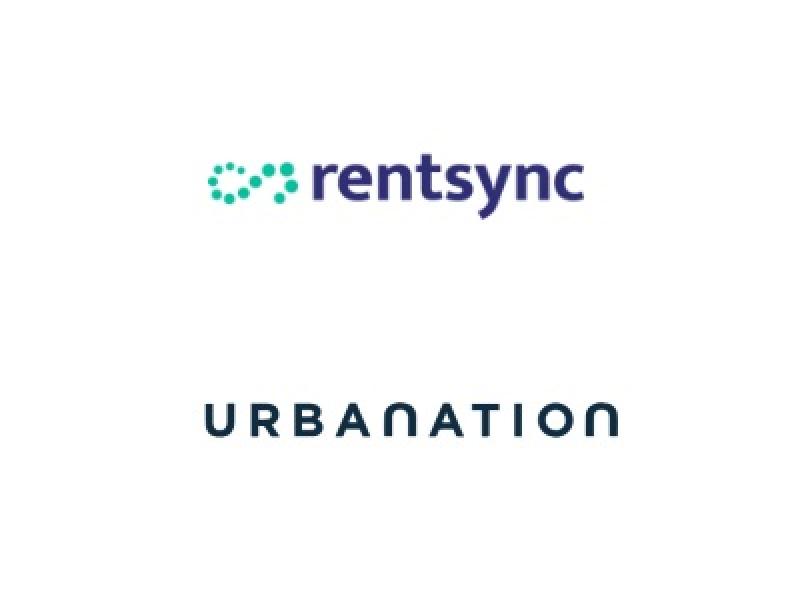In the latter half of 2023, the narrative around Canada’s office market has continued to evolve. Trends emerging in this dynamic landscape are influenced by stronger-than-expected labour statistics, remote work proof-of-concept, inflation and increasing interest rates, and the Great Resignation of 2021.
These are among several factors shaping the trajectory of office tenancy.
Shifting lease dynamics and changing demands
The national office vacancy is on track to peak at roughly 15 per cent by the end of next year before giving way to a recovery, the data in Colliers' Intent to Decision Making in Office Real Estate report suggests.
Over the past few months, we’ve seen that leasing interest and activity have picked up momentum, signalling resilience in the face of uncertainties, while the cadence of sublease space hitting the market is gradually waning across Canada.
These are encouraging signs that suggest we could be approaching equilibrium in the market.
However, persistently high interest rates and inflationary pressures continue to impact companies' abilities to channel investments into their core operations which casts a shadow over the demand and absorption of office space.
We are witnessing clients express a sustained demand for newer, class-A buildings as tenants prioritize holistic work environments that encourage collaboration, provide elevated amenities and address the wants and needs of employees.
It has become a competition between the comforts of working from home versus the conveniences of life with an amenity-rich, well-located office space.
Adapting to the post-pandemic hybrid workspace
Post-pandemic, we have seen a paradigm shift in office space strategies as organizations strive for a delicate balance between remote work and on-site presence.
Organizations are proceeding with office occupancy decisions based on a combination of cautious optimism and pragmatic considerations.
While major office occupancy decisions are being deferred by some, others are embracing a right-sizing approach that aligns with hybrid operating models.
Employee office attendance is a key predictor in lease renewals, Colliers’ office real estate report said.
For every additional day a majority of employees work at the office, companies are 10 percentage points more likely to renew their lease. Furthermore, companies are most likely to keep their current square footage of space should employees work at the office four days per week.
The crux lies in cultivating workplaces that are efficient and foster talent retention and attraction.
Although C-suite leaders yearn for a return to full-time in-office work, a gradual return to pre-pandemic work norms is emerging as the most plausible long-term approach as employees value flexible work arrangements and compelling compensation structures.
Leveraging the tight labour market
An unexpected scarcity of skilled labour is reshaping the outlook on office spaces.
Managers are shifting their focus to upskilling current employees to retain talent and bridge the skills gap within their companies.
Upskilling approaches such as internal training, shadowing and mentorship require a more dynamic work environment featuring flexible layouts, collaborative workspaces and tailored building amenities.
The link among workspace design, corporate culture and talent goals is becoming increasingly evident.
Innovations propelled by tenant demands
Smart Building technology and the integration of environmental, social and governance (ESG) initiatives, such as wellness accreditation, are commanding attention during procurement processes.
With the rising demand for benefits such as remote collaboration, exercise classes and gym access, organizations are looking for office buildings that offer the latest technology to enable them to deliver high-quality experiences.
Efforts to strike the perfect balance between the convenience of remote work and access to well-located office space with the latest amenities are appearing to lead the trend of flight-to-quality in new office space leases.
It’s also important to assess the data.
This summer, Colliers released the findings of a survey that polled approximately 500 Canadian office workers regarding the factors that influenced an employee's decision to work at the office. The survey included a diverse representation across income levels, gender, age, size of company and geographic location.
The top three factors significantly correlated to office presence were: company-mandated days, the type of workspace and the time and cost of the commute.
Diversity, equity and inclusion has also rightfully become top-of-mind when designing and redesigning spaces. Careful thought and planning are going into innovative solutions that make office spaces accessible.
The benefits extend beyond creating spaces that are more physically accessible – they include an employee-first approach like the right to light and ergonomic design.
Inclusive spaces cultivate a positive culture that gives all employees access to the various levels of the organization, drives recruitment and ensures retention.
Dispelling myths and misconceptions
In the early days of pandemic recovery, a reductionist narrative emerged in the media that suggested the office market is obsolete. This simply isn’t true.
Out of disruption comes innovation and we are seeing more organizations searching for workplace advisory services or taking a more serious in-house look at their future office.
Collaborative work environments that foster human contact also foster knowledge transfer, productivity and mentorship, underscoring the enduring relevance of physical office spaces.
Meanwhile, the belief that aging office buildings can be seamlessly converted into residential spaces is proving impractical. Aging buildings generally lack fundamental electrical, plumbing and air-circulation infrastructure required to support residential units.
Most conversions are financially unrealistic for those reasons.
In addition, conversions require proper municipal infrastructure and amenities that support residential living such as park space, grocery stores and retail hours that accommodate access beyond Monday to Friday, nine to five.
Advantages of securing office space now
The present office market offers a strategic window of opportunity.
Elevated vacancy and availability rates correspond with reduced net effective rents. Businesses adopting a wait-and-see approach could be forfeiting favourable long-term rates.
Across the country, medium to large organizations are locking in long-lease agreements with confidence knowing a unified location and office footprint will always be a requirement of their business.
The advantage of doing so often outweighs the cost and disruption of future innovations required to keep progress with employee and technological needs.
As the economy regains stability, inflation normalizes and organizations crystallize their hybrid/flex workplace strategies, the confidence to invest in businesses will surge, potentially leading to heightened demand and escalating costs in the office market.
The Canadian office market continues to ebb and flow, with shifts driven by numerous factors, from subleases, to hybrid working models, to labour market dynamics.
Organizations deciding the corporate culture they wish to cultivate against the backdrop of these influences and ever-changing economic conditions require proactive leadership and a clear vision.









